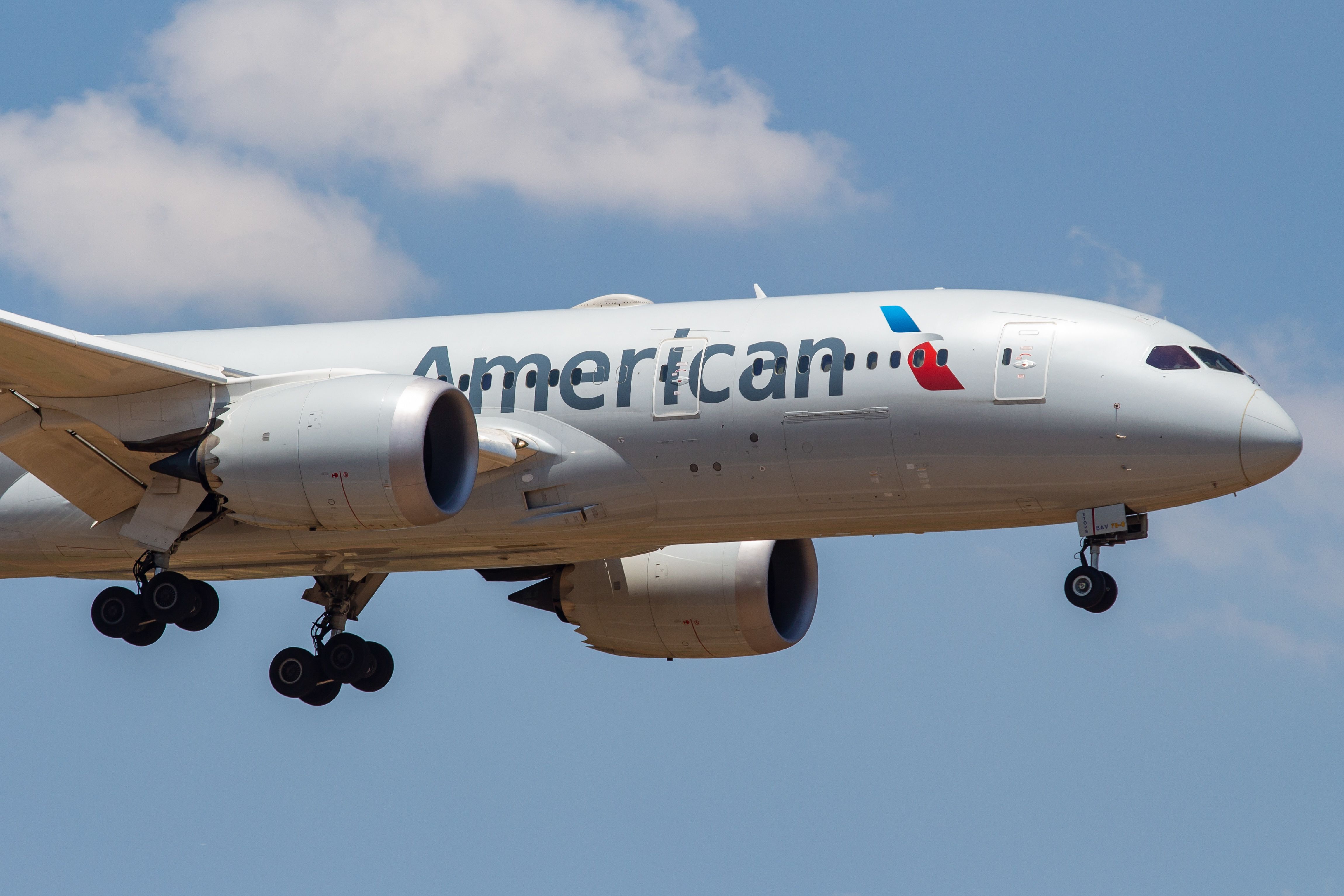[ad_1]
The Mexican aviation industry closed in 2021 with a December overall recovery of 95% of its pre-pandemic traffic levels, fueled by the domestic and US-Mexico markets. Nonetheless, there was a fall in the number of passengers carried in January 2022, signaling that the market has not fully rebounded from the COVID-19 pandemic. Will it last?
Domestic traffic in January
Volaris, Viva Aerobus, Aeromexico, and other commercial airlines in Mexico carried 3.7 million domestic passengers in January 2022, according to data provided by the government. That number represents nearly a 20% decrease compared to the traffic levels posted in December 2021 and January 2020 (4.6 and 4.4 million, respectively).
In January, the Mexican domestic aviation market had a setback, posting the same traffic levels in September last year. Nevertheless, fewer passengers were expected since January and February are Mexico’s historical low-season, leading to quarterly net losses to start the year.
Worldwide, the International Air Transport Association (IATA) expects overall traveler numbers to reach 4.0 billion in 2024, fully rebounding from the COVID-19 pandemic. Mexico could fully bounce back from the crisis in 2022.
Nonetheless, the Omicron variant impacted the Mexican airlines’ capacity and demand. On the one hand, the Mexican carriers (particularly Aeromexico) had to cancel several flights due to COVID-19 positive cases among their crews. On the other, the high number of infections in Mexico directly impacted the demand.
In January, Volaris remained Mexico’s largest domestic airline, carrying 1.7 million passengers (about 45% of the market share). In second place, Viva Aerobus distanced itself from Grupo Aeromexico with 1.1 million passengers (versus 827,347). The other four regional airlines (called Aeromar, Aéreo Calafia, Magnicharters, and Transportes Aéreos Regionales) only had 2.2% of the market share.

Mexico’s airline industry could fully rebound from the COVID-19 pandemic in 2022. Photo: Getty Images.
International traffic in January
The international traffic decline by Mexican airlines wasn’t as severe as the domestic one, looking at the government’s data. In January, the five Mexican carriers that operate international flights handled 964,764 passengers. Compared to December 2021, the market lost 13% of its traffic.
And compared with January 2020, prior to the COVID-19 pandemic, it is nearly 35% below (although that big gap can be explained by Interjet’s cease of operations). Removing Interjet from the equation, the other Mexican airlines have recovered 93.5% of their pre-pandemic international traffic levels.
This January, Aeromexico led the way with 425,437 passengers.

American Airlines is the leading carrier in the Mexico-US market. Photo: Getty Images.
The Mexico-US market
Last year, the Mexico-US market fully rebounded from the COVID-19 crisis. Worldwide, few international markets (maybe none) recovered like this one.
In 2021, 31.47 million passengers traveled between Mexico and the United States, growing by 2.4% compared to 2019. This year seems even brighter for the US-Mexico market, and here’s why:
Firstly, the January-February low-season had the same impact (in terms of percentage) on the number of passengers carried. Between December 2020 and January 2021, the market lost 12.2% of the traffic. Now, between December 2021 and January 2022, the decrease was 12.7%.
Secondly, Mexico expects to recover its Category 1 status with the Federal Aviation Administration this year. Once that’s done, the Mexican airlines will be able to add capacity, improve their partnerships (or launch their Joint Venture agreements, like Viva Aerobus and Allegiant), and take advantage of a growing market that has been constrained for them since May 2021. For example, Viva Aerobus believes there are up to 200 point-to-point routes available between both countries.
In the meantime, the US carriers continue adding capacity and launching new routes to Mexico. As of January 2022, American Airlines has an 18.7% market share, followed by United Airlines (14.7%), Volaris (13.8%), Delta (12.7%), and Aeromexico (7.7%).
Read Next
About The Author
[ad_2]
Source link















